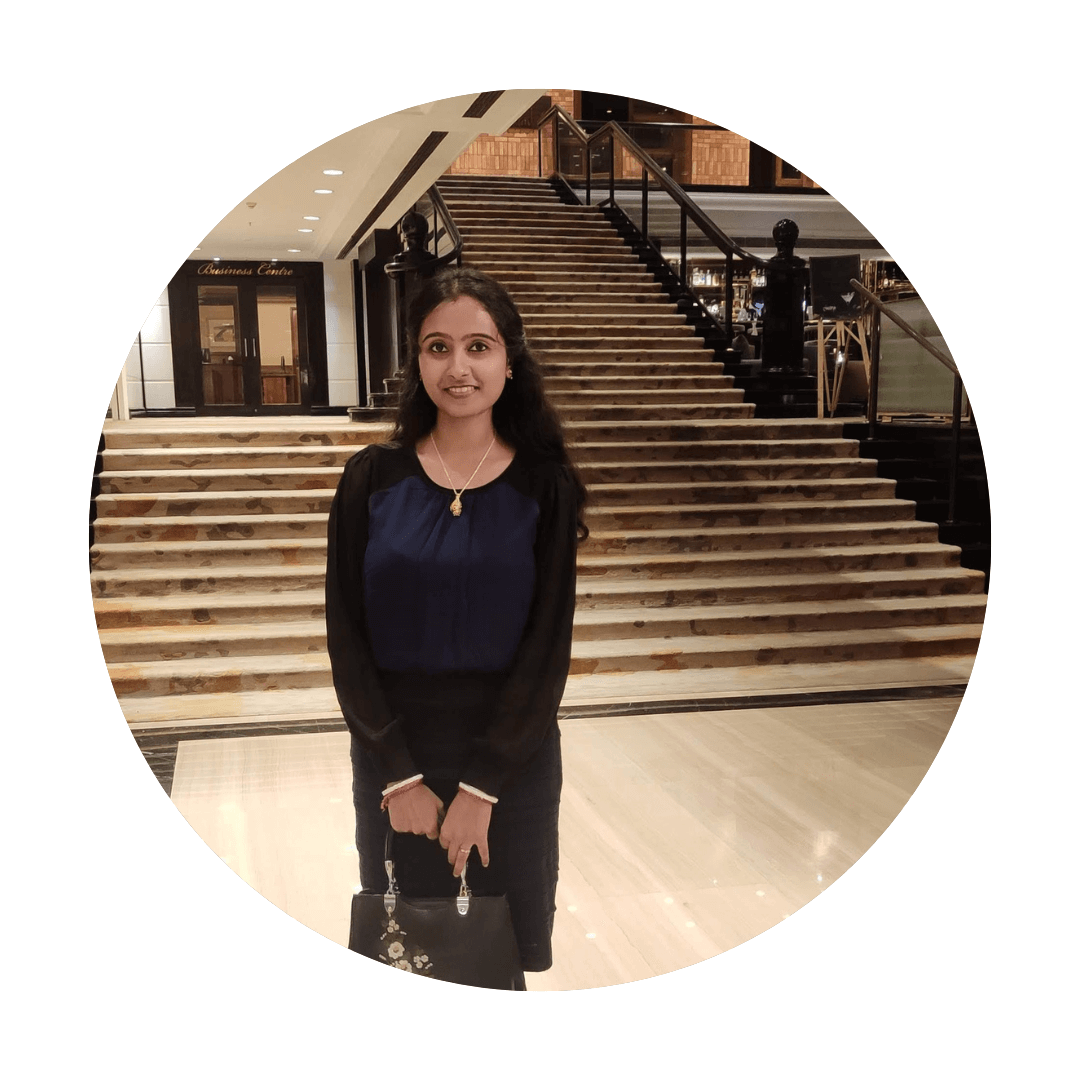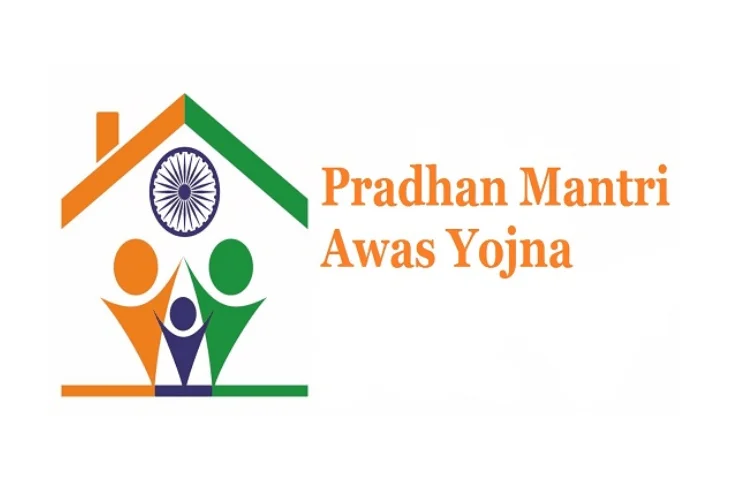Pradhan Mantri Awas Yojana (PMAY) is a flagship housing initiative of the Government of India aimed at ensuring “Housing for All” by 2022. Launched in June 2015, the scheme is implemented under the Ministry of Housing and Urban Affairs (MoHUA) and is designed to provide affordable and sustainable housing for both urban and rural poor families.
The scheme is divided into two main components:
- PMAY-Urban (PMAY-U): Focused on addressing housing shortages in urban areas.
- PMAY-Rural (PMAY-G or PMAY-R): Focused on providing houses to rural poor households.
Both components aim to deliver financial assistance, subsidies, and technical support for constructing new homes or improving existing houses.
What are the Objectives of PMAY?
The core objectives of PMAY are:
- Affordable Housing for All: To ensure that every eligible household in India has access to a pucca (permanent) house.
- Women Empowerment: Houses are registered in the name of women, either sole or joint ownership.
- Financial Inclusion: Providing interest subsidies on home loans to make housing affordable.
- Slum Rehabilitation: Redeveloping slum areas and integrating slum dwellers into urban housing systems.
- Promoting Sustainable Construction: Encouraging eco-friendly and disaster-resistant housing technologies.
How is PMAY Structured?
PMAY operates through various verticals and components to address different housing needs.
| Aspect | PMAY-Urban / PMAY-Rural | PMAY-U 2.0 (2024) |
| Objective | Urban: Pucca houses for EWS, LIG, MIG, slum dwellers Rural: Houses for rural poor through individual construction/improvement | Affordable housing for 1 crore urban families, including poor and middle-class households |
| Beneficiary Identification | Urban: EWS/LIG/MIG, Slum dwellers Rural: SECC 2011, Gram Sabha approval | Families without pucca house, annual income up to ₹9 lakh |
| Components | BLC, CLSS, ISSR, ARHCs (Urban) Individual House Construction/Improvement, Gram Sabha approval (Rural) | BLC, Affordable Housing Partnership, Affordable Rental Housing, Interest Subsidy Scheme, Technology Innovation Grants |
| Financial Assistance / Subsidy | CLSS: Interest subsidies – 6.5% (EWS/LIG), 4% (MIG-I), 3% (MIG-II) ISSR: ₹1 lakh per slum house | Total outlay ₹10 lakh crore (₹2.3 lakh crore Central Assistance); interest subsidy for eligible home loans; TIG grants for innovation |
| Coverage Area | Urban: Statutory towns, notified planning areas, development authorities Rural: All rural areas under SECC & Gram Sabha | All statutory towns and notified urban planning areas across India |
| Target Beneficiaries | Urban: EWS, LIG, MIG, slum dwellers, urban homeless Rural: Rural poor, landless households | EWS, LIG, MIG households without pucca house |
| Special Features | Urban: Slum rehabilitation with private developers; ARHCs for migrants and homeless Rural: Transparent local participation via Gram Sabha | Technology Innovation Grant (₹1,000–₹3,000/sq.m); DBT for fund transfer; focus on 1 crore urban families |
Who is Eligible for PMAY?
Eligibility under PMAY is based on income, property ownership, and family structure:
Income Categories:
| Category | Annual Income | Eligible Subsidy |
| EWS | Up to ₹3 lakh | 6.5% |
| LIG | ₹3–6 lakh | 6.5% |
| MIG-I | ₹6–12 lakh | 4% |
| MIG-II | ₹12–18 lakh | 3% |
Key Eligibility Conditions:
- Family must not own a pucca house anywhere in India.
- Married families must include husband/wife and unmarried children.
- Preference is given to female members, minorities, elderly, and vulnerable groups.
- Beneficiaries must not have availed benefits under any other government housing scheme.
Check Out: Complete List of Important Schemes for NABARD Grade A Exam
What are the Benefits of PMAY?
The benefits of PMAY are as follows:
| Category | Benefits |
| Urban Benefits | – Slum rehabilitation and affordable housing construction – Interest subsidies on home loans – Technology innovation grants for cost-effective construction – Financial support for housing purchase, construction, or rental |
| Rural Benefits | – Individual house construction or improvement – Central assistance of ₹2.67 lakh for EWS and LIG households – Encouragement of community participation through Gram Sabha approvals |
| Tax Benefits | – Section 80C: Deduction up to ₹1.5 lakh on principal repayment – Section 24(b): Deduction up to ₹2 lakh on home loan interest – Section 80EE: Relief of up to ₹50,000 for first-time homebuyers – Section 80EEA: Deduction up to ₹1.5 lakh for affordable housing interest payments |
How is PMAY Funded and Implemented?
The details of the PMAY fund and its implementation are as follows:
- PMAY-U is a Centrally Sponsored Scheme, except the Interest Subsidy Scheme (ISS), which is a Central Sector Scheme.
- Cost-sharing ratios:
- UTs without legislatures: 100% Central Government.
- North-Eastern States, Delhi, J&K, Himachal Pradesh, Uttarakhand, Puducherry: 90:10 (Centre:State).
- Other states: 60:40.
- Direct Benefit Transfers ensure funds reach beneficiaries’ accounts.
- Technology Innovation Sub-Mission (TISM) promotes sustainable construction practices.
- Real-time MIS dashboard and geo-tagging track the progress of house construction.
Get ready to crack government job exams with leading educators
What are the Achievements of PMAY?
The achievements of the PMAY are as follows:
- Houses Sanctioned: Over 118.64 lakh houses since 2015.
- Houses Completed: Over 90.25 lakh houses delivered.
- Women Empowerment: 2.67 lakh houses sanctioned for women beneficiaries, including single women and widows.
- Inclusivity: Houses allotted to transgender beneficiaries and vulnerable groups.
- Coverage: 4,618 cities and urban local bodies, including metropolitan areas.
- Financial Outlay: Central assistance of ₹2.3 lakh crore and overall investment of ₹10 lakh crore.
What are the Key Features of PMAY?
The key features of the PMAY are as follows:
- Focuses on EWS, LIG, and MIG families.
- Provides interest subsidies on home loans.
- Promotes slum redevelopment and rental housing.
- Encourages adoption of sustainable and innovative construction technologies.
- Empowers women by including them as beneficiaries.
- Direct Benefit Transfer ensures transparency and accountability.
- Converges with other schemes like AMRUT 2.0, Swachh Bharat, Smart Cities, Ayushman Bharat, Ujjwala, and PM SVANidhi.
Also Check: List of Government Schemes of India
Key Takeaway
| Aspect | PMAY-Urban (U) | PMAY-Rural (G) |
| Launch | 25 June 2015 | 20 Nov 2016 |
| Beneficiaries | EWS, LIG, MIG | EWS, LIG |
| Financial Assistance | CLSS, BLC, ARHC, ISSR | Individual house construction |
| House Size | EWS: 30 sq.m, LIG: 60 sq.m, MIG I: 160 sq.m, MIG II: 200 sq.m | EWS: 30 sq.m, LIG: 60 sq.m |
| Max Subsidy | Rs. 2.35 lakh (MIG-I), Rs. 2.30 lakh (MIG-II) | Rs. 2.67 lakh (EWS/LIG) |
| Target | 1 crore urban families | Rural poor households |
| Fund Sharing | 60:40, 90:10, 100% | 60:40, 90:10, 100% |
| MIS/Tech | DBT, Geo-tagging, MIS Dashboard | Awaas+, SECC |
Questions Based on PMAY
- When was PMAY officially launched?
- A) 1 Jan 2015
- B) 25 June 2015
- C) 1 June 2015
- D) 20 Nov 2016
- E) 15 Aug 2015
- Which ministry implements PMAY?
- A) Ministry of Rural Development
- B) Ministry of Housing and Urban Affairs
- C) Ministry of Finance
- D) Ministry of Home Affairs
- E) Ministry of Social Justice
- Which component of PMAY targets urban slum redevelopment?
- A) CLSS
- B) ARHC
- C) BLC
- D) ISSR
- E) TIG
- Maximum annual income for MIG-II category under PMAY-U?
- A) ₹12 lakh
- B) ₹15 lakh
- C) ₹18 lakh
- D) ₹20 lakh
- E) ₹6 lakh
- PMAY-R beneficiaries are identified through which census?
- A) Census 2001
- B) Census 2011
- C) Census 1991
- D) Census 2021
- E) Census 2005
Also Read:
- What is the maximum subsidy for EWS under PMAY-G?
- A) Rs. 1.5 lakh
- B) Rs. 2.67 lakh
- C) Rs. 2.35 lakh
- D) Rs. 2 lakh
- E) Rs. 3 lakh
- Which scheme provides interest subsidy on loans under PMAY?
- A) BLC
- B) CLSS
- C) AHP
- D) ARHC
- E) ISS
- PMAY-U 2.0 was launched in which year?
- A) 2022
- B) 2023
- C) 2024
- D) 2025
- E) 2020
- Which is the key technology innovation grant provided under PMAY-U 2.0?
- A) Rs. 500 per sq.m
- B) Rs. 1000 per sq.m
- C) Rs. 2000 per sq.m
- D) Rs. 3000 per sq.m
- E) Rs. 1500 per sq.m
- Which group receives priority in ownership under PMAY?
- A) Men
- B) Women
- C) Government officials
- D) Migrants
- E) Senior citizens
Answer Key:
| Question Number | Answer | Question Number | Answer |
| 1 | B | 6 | B |
| 2 | B | 7 | B |
| 3 | D | 8 | C |
| 4 | C | 9 | B |
| 5 | B | 10 | B |
FAQs
Ans: The objectives include providing affordable housing for rural and urban poor households, improving land and property affordability for economically disadvantaged groups, and promoting housing for weaker sections.
Ans: To apply for PMAY-G, visit the official website, fill out the online form with personal details, upload necessary documents such as Aadhaar, job card, bank details, and SBM number, and complete the registration process.
Ans: Required documents for PMAY-U include Aadhaar number, income proof, identity/residential proof, nationality proof, EWS/LIG/MIG certificate, salary slips, bank details, and affidavits confirming house ownership and construction under the scheme.
Ans: PMAY-G focuses on rural housing development, while PMAY-U targets urban housing shortages. Check this article to know about the progress made under both categories in PMAY.
- Government Schemes for NABARD Grade A 2025
- MISHTI Scheme, India’s Initiative to Restore Mangrove Ecosystems
- National Green Hydrogen Mission Features, Objectives, and Benefits
- Paramparagat Krishi Vikas Yojana, Transforming India’s Organic Farming
- Mission on Integrated Development of Horticulture NHM and HMNEH
- Swachh Bharat Mission, India’s Journey Towards Cleanliness and Hygiene

Priti Palit, is an accomplished edtech writer with 4+ years of experience in Regulatory Exams and other multiple government exams. With a passion for education and a keen eye for detail, she has contributed significantly to the field of online learning. Priti’s expertise and dedication continue to empower aspiring individuals in their pursuit of success in government examinations.
